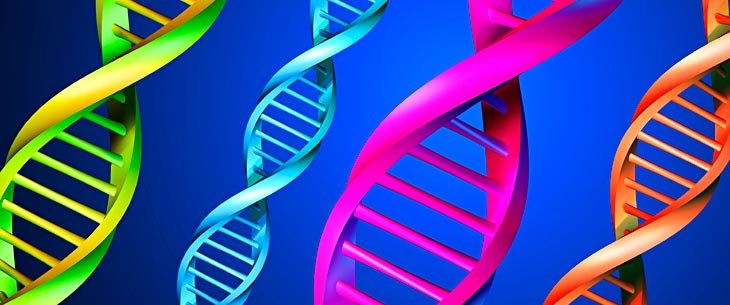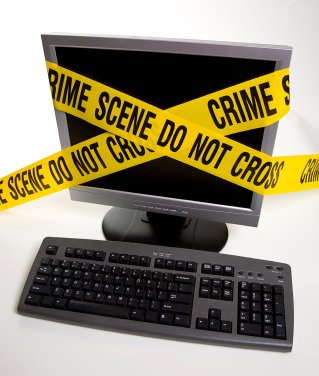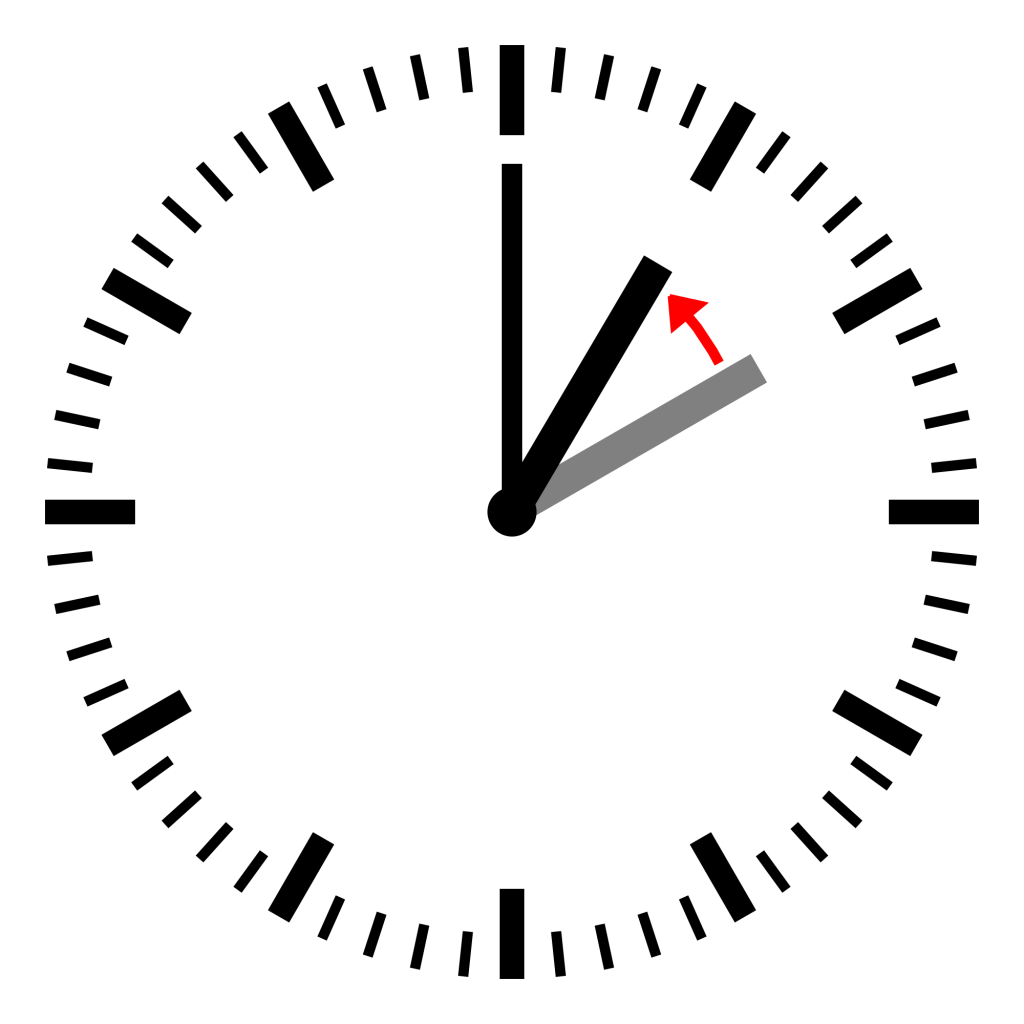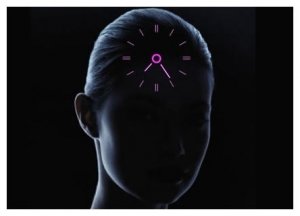Face matching is, simply put, the practice of asserting if a face in a number of different pictures belongs to the same individual. And while many software companies and technology giants have invested heavily in such software (Hulu’ss facial recognition software, for example, or Facebook’s newly unveiled facial matching one), it is encouraging to see that the best of the best at it are the ones that try to protect us from those that go staby-stab in the night: forensic experts.
The first study to test the skills of FBI agents and other law enforcers who have been trained in facial recognition has provided a reassuring result – they perform better than the average person or even computers on this difficult task. The team working on the data included colleagues at the National Institute of Standards and Technology and the University of Texas at Dallas in the US, and their findings were published the Proceedings of the Royal Society B.
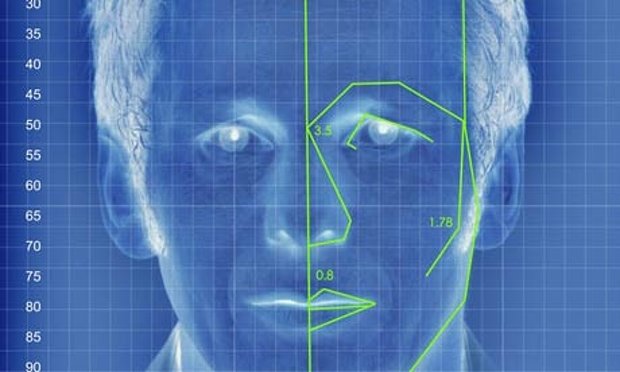 Image via theguardian
Image via theguardian
For the study, the researchers tested an international group of 27 facial forensic examiners with many years of experience who were attending a meeting of the Facial identification Scientific Work Group. The group’s member agencies include the FBI, police and customs and border protection services in the US, Australia and other countries.
The experts were given three tests where they had to decide if pairs of images were of the same person. Their performance was compared to that of a control group of non-experts who were attending the same meeting, as well as a group of untrained students. The pairs of images used were selected to be particularly challenging, reflected in the fact that computer algorithms were 100 percent wrong on one of the tests. Participants were given either two seconds, or a more generous 30 seconds to decide depending on the test.
“Overall, our study is good news. It provides the first evidence that these professional examiners are experts at their work. They were consistently more accurate on all tasks than the controls and the students,” says White.
The findings suggest that forensic examiners trained for this task identify individuals in a different way from those that just have a knack for it, those naturally very good at face matching, the so-called super-recognizers.
“Super-recognizers tested in previous studies appear to rely on automatic, holistic processes when they compare facial images, but forensic examiners use analytical methods,” says research leader UNSW psychologist Dr. David White.
“The examiners’ superiority was greatest when they had a longer time to study the images, and they were also more accurate than others at matching faces when the faces were shown upside down. This is consistent with them tuning into the finer details in an image, rather than relying on the whole face.”
With the rise of CCTV imagery and hand-held cameras on mobile phones comes a huge pool of information that forensic experts can use. The comparison of facial features to identify suspects has thus become a powerful, efficient and important source of evidence to clear a name or imprison a felon.
“These identifications affect the course and outcome of criminal investigations and convictions. But despite calls for research on any human error in forensic proceedings, the performance of the experts carrying out the face matching had not previously been examined,” says White.
“However, it is important to note that although the tests were challenging, the images were relatively good quality. Faces were captured on high-resolution cameras, in favorable lighting conditions and subjects were looking straight at the camera,” says White. “This is often not the case when images are extracted from surveillance footage,” he went on to add.
Research collaborators included Alice O’Toole, Matthew Hill and Amanda Hahn from the University of Texas at Dallas and Jonathon Phillips from the National Institute for Standards and technology in the US.
